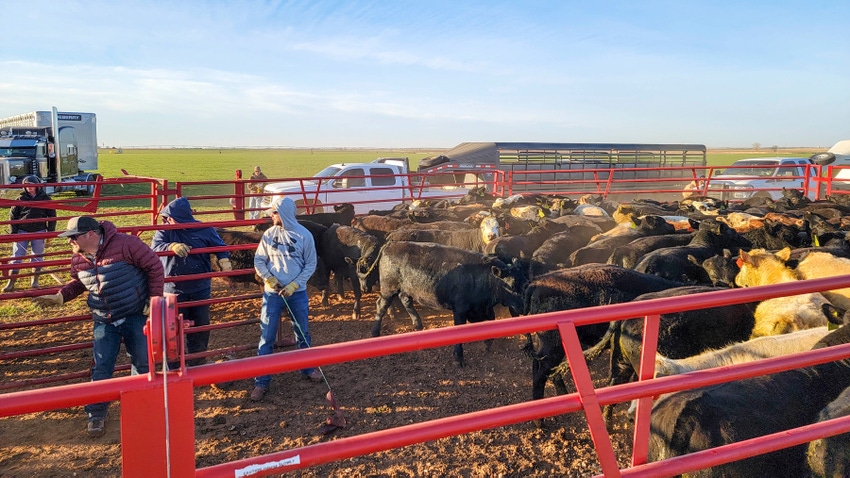Professional Guidance: Bagley Risk Management Approaches
Professional Guidance: Bagley Risk Management Approaches
Blog Article
Comprehending Animals Threat Protection (LRP) Insurance Coverage: A Comprehensive Guide
Browsing the world of livestock danger protection (LRP) insurance policy can be a complex endeavor for numerous in the farming industry. From exactly how LRP insurance policy functions to the various protection choices readily available, there is much to reveal in this comprehensive guide that might potentially shape the way livestock producers approach risk administration in their services.

How LRP Insurance Functions
Periodically, comprehending the auto mechanics of Livestock Threat Security (LRP) insurance coverage can be complex, yet damaging down how it functions can supply clarity for farmers and ranchers. LRP insurance coverage is a risk monitoring device developed to safeguard livestock manufacturers against unanticipated rate declines. The policy permits producers to establish a protection degree based on their details demands, choosing the variety of head, weight range, and insurance coverage cost. As soon as the policy is in area, if market costs fall listed below the coverage rate, producers can sue for the difference. It is necessary to note that LRP insurance is not a revenue guarantee; rather, it focuses exclusively on price threat protection. The insurance coverage duration normally ranges from 13 to 52 weeks, offering adaptability for producers to select a period that aligns with their production cycle. By using LRP insurance, herdsmans and farmers can mitigate the financial threats related to varying market value, ensuring higher security in their procedures.
Qualification and Insurance Coverage Options

When it pertains to protection alternatives, LRP insurance coverage offers manufacturers the adaptability to select the insurance coverage degree, protection duration, and recommendations that best fit their threat management requirements. Protection degrees normally range from 70% to 100% of the expected ending worth of the insured animals. Producers can likewise pick coverage periods that align with their manufacturing cycle, whether they are insuring feeder livestock, fed cattle, swine, or lamb. Recommendations such as price risk defense can even more customize protection to shield versus adverse market changes. By comprehending the qualification standards and insurance coverage options available, livestock producers can make educated decisions to handle danger properly.
Advantages And Disadvantages of LRP Insurance Coverage
When reviewing Animals Risk Security (LRP) insurance policy, it is important for livestock manufacturers to evaluate the advantages and drawbacks inherent in this threat administration tool.

One of the main benefits internet of LRP insurance is its capability to supply defense against a decline in animals rates. Furthermore, LRP insurance policy supplies a level of adaptability, allowing producers to customize protection degrees and plan periods to match their specific needs.
One restriction of LRP insurance coverage is that it does not shield versus all kinds of dangers, such as illness break outs or natural catastrophes. It is crucial for manufacturers to meticulously examine their individual risk direct exposure and financial scenario to figure out if LRP insurance coverage is the right threat administration device for their operation.
Understanding LRP Insurance Policy Premiums

Tips for Making Best Use Of LRP Advantages
Maximizing the benefits of Animals Threat Protection (LRP) insurance coverage calls for calculated preparation and proactive threat administration - Bagley Risk Management. To maximize your LRP insurance coverage, take into consideration the following suggestions:
Regularly Assess Market Conditions: Remain notified concerning market fads and price changes in the animals market. By monitoring these elements, you a fantastic read can make enlightened decisions about when to acquire LRP insurance coverage to protect against potential losses.
Set Realistic Coverage Levels: When selecting coverage degrees, consider your manufacturing prices, market price of livestock, and possible threats - Bagley Risk Management. Establishing reasonable protection levels guarantees that you are adequately safeguarded without overpaying for unneeded insurance policy
Expand Your Insurance Coverage: Rather of depending entirely on LRP insurance, consider expanding your threat monitoring approaches. Incorporating LRP with various other danger administration tools such as futures agreements or choices can supply extensive coverage versus market unpredictabilities.
Evaluation and Adjust Insurance Coverage Regularly: As market problems change, occasionally assess your LRP protection to ensure it straightens with your present risk direct exposure. Changing coverage levels and timing of purchases can assist enhance your risk protection approach. By complying with these suggestions, you can optimize the benefits of LRP insurance and guard your livestock procedure versus unexpected threats.
Final Thought
To conclude, animals risk security (LRP) insurance is a useful tool for farmers to handle the financial dangers related to their livestock procedures. By understanding just how LRP works, eligibility and insurance coverage options, along with the pros and cons of this insurance policy, farmers can make informed choices to safeguard their incomes. By carefully taking into consideration LRP costs and executing methods to take full advantage of advantages, farmers can reduce possible losses and make sure the sustainability of their operations.
Livestock producers interested in acquiring Animals Threat Protection (LRP) insurance coverage can discover a range of eligibility requirements and protection choices customized to their details livestock procedures.When it comes to coverage choices, LRP insurance offers manufacturers the adaptability to select the protection degree, insurance coverage duration, and recommendations that ideal match their threat monitoring demands.To grasp the intricacies of Livestock Risk Protection (LRP) insurance fully, understanding the factors affecting LRP insurance policy costs is crucial. LRP insurance coverage premiums are determined by various components, consisting of the protection level chosen, the anticipated rate of animals at the end of the coverage period, the kind of livestock being insured, and the size of the protection period.Review and Readjust Protection On a regular basis: As market problems change, periodically review your LRP insurance coverage to guarantee it lines up with your existing danger exposure.
Report this page